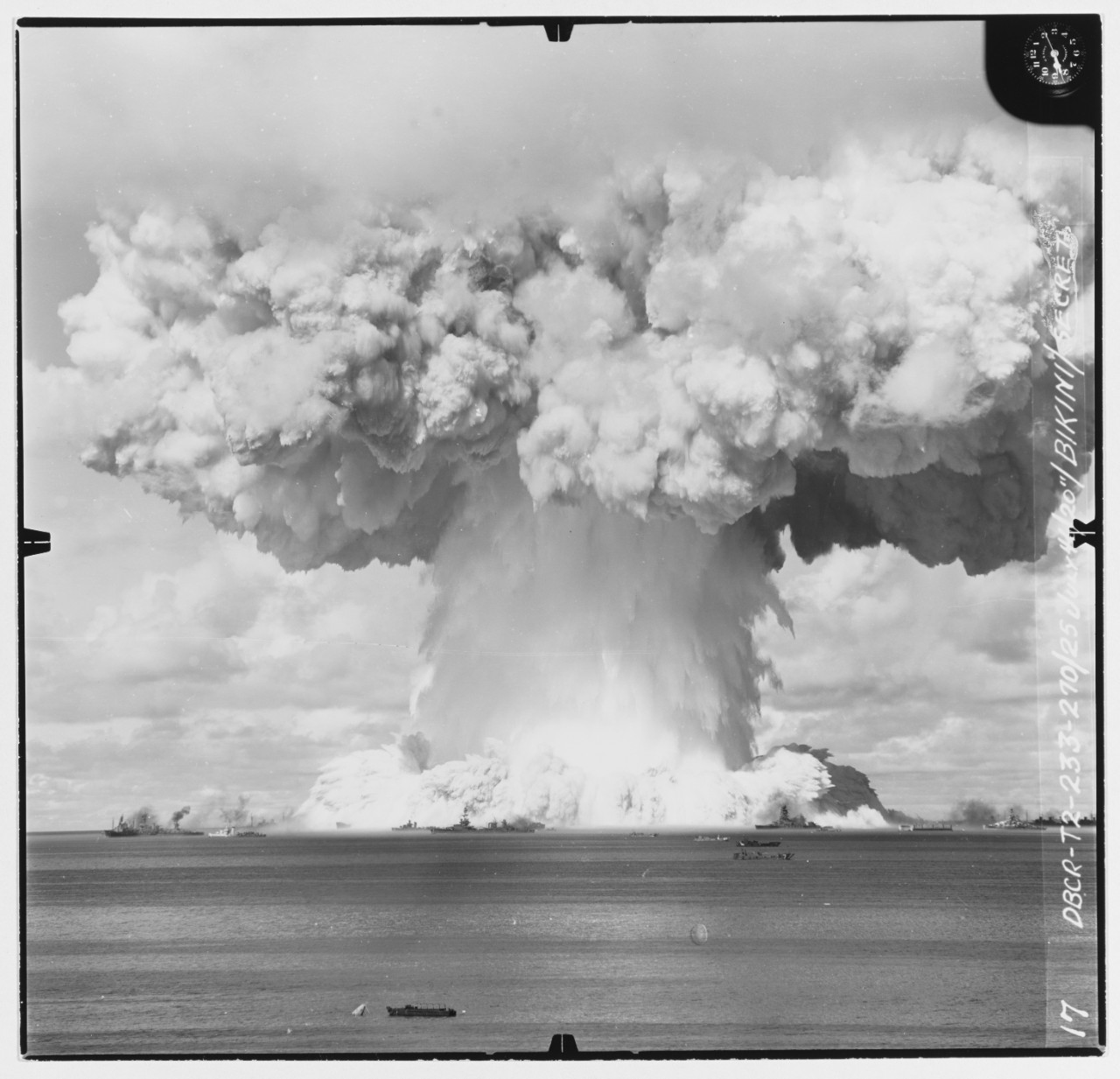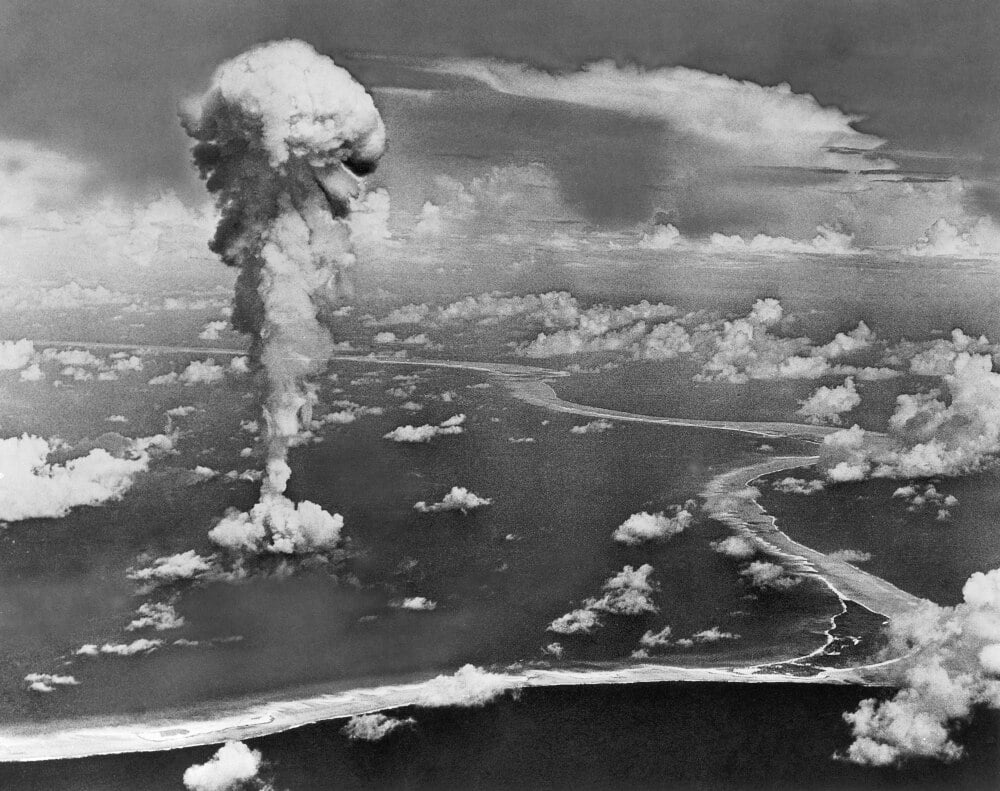What was tested at bikini atoll in the 1940s and the 1950s atomic bomb

What was tested at “Bikini Atoll” in the 1940s and the 1950s? Atomic bomb.
In the 1940s and 1950s, the Bikini Atoll, a remote coral reef located in the Pacific Ocean, became the site of numerous atomic bomb tests conducted by the United States. These tests played a significant role in the development of nuclear weapons and their destructive power.
During this period, the United States conducted a series of nuclear tests under the codename “Operation Crossroads” at Bikini Atoll. The primary objective was to study the effects of atomic bombs on naval ships, military equipment, and structures. These tests aimed to provide valuable data on weapon effectiveness, shock wave propagation, and radiation effects.
The first test, codenamed “Able,” took place on July 1, 1946. The bomb, nicknamed “Gilda,” was detonated from the air over a fleet of decommissioned warships anchored within the lagoon. This test was designed to assess the impact of an atomic explosion on a stationary target.
The second test, codenamed “Baker,” was conducted on July 25, 1946. It involved the detonation of an atomic bomb underwater, approximately 90 feet below the surface. This test aimed to measure the destructive power of a nuclear explosion in a subaqueous environment and study the effects on ships located close to the epicenter.
These tests had significant consequences on both the environment and human health. The power of the atomic bombs caused massive destruction to the target ships and generated enormous shockwaves that propagated through the water and air. The explosions resulted in mushroom-shaped clouds of debris and radioactive materials ascending into the atmosphere, creating a serious hazard to nearby personnel and the surrounding environment.
The radioactive fallout from the atomic tests at Bikini Atoll posed severe health risks to military personnel and the indigenous population. The impact of radiation exposure led to long-term health issues, including cancer, genetic mutations, and reproductive problems. The environmental damage caused by these tests disrupted the delicate balance of marine life and rendered large areas uninhabitable due to radioactive contamination.
The grim legacy of the atomic bomb tests at Bikini Atoll serves as a stark reminder of the devastating power and far-reaching consequences of nuclear weapons. It also played a crucial role in shaping global attitudes towards nuclear disarmament and testing regulations.


Tags
Share
Related Posts
Quick Links
Legal Stuff

